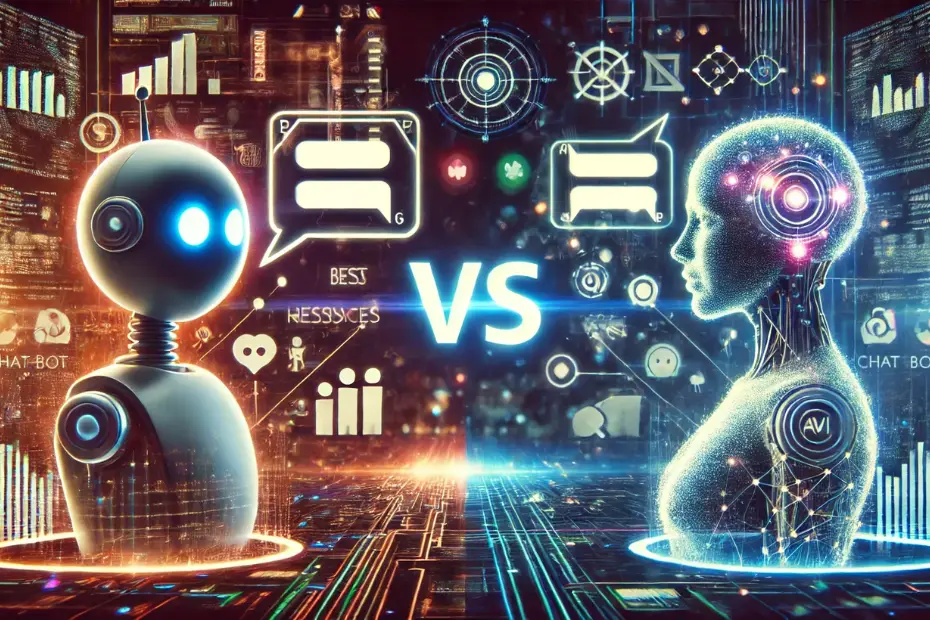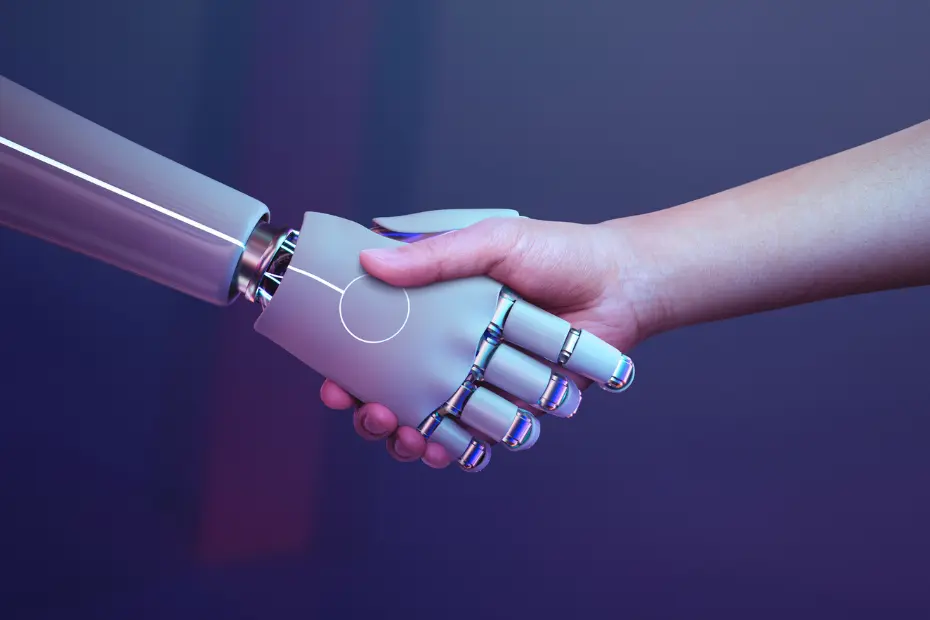Artificial intelligence (AI) and automation technologies have revolutionized the way businesses interact with customers and manage internal operations. Within these technologies, chatbots have become an essential tool for improving efficiency and customer satisfaction. Chatbots, or virtual assistants, enable companies to provide automated responses to frequently asked questions, manage real-time interactions, and free up human resources from repetitive tasks.
The use of chatbots is not limited to large companies; more and more small and medium-sized enterprises are adopting this technology to improve their services and optimize costs. From answering common questions to guiding customers through a purchase process, chatbots offer quick and continuous assistance, regardless of the day or time, significantly impacting the user experience.
In this article, we will explore in detail what a chatbot is, how it works, and how it can be applied in a business environment to gain a competitive advantage. We will also address the key steps to implementing a chatbot in a company, as well as the benefits and challenges that this technology presents.
What is a Chatbot and How is it Used in a Business Environment?
A chatbot is software designed to simulate conversations with users, using AI or pre-established rules. In the business world, chatbots help improve customer service, optimize communication, and simplify operational tasks. Their adoption is not limited to large companies; small and medium-sized enterprises are also incorporating them to make their service more agile and efficient.
Chatbot Operating Process and AI Chatbots
Regardless of the type of chatbot, the basic operating process usually follows these steps:
User Input:
- The process begins when a user sends a message or asks a question to the chatbot. This can occur through various platforms such as social networks, messaging apps (like WhatsApp or Facebook Messenger), or websites.
- Input Processing:
- In a rule-based chatbot, the program searches for exact matches or specific patterns within its rule database.
- In an AI chatbot, the user’s message is analyzed using natural language processing (NLP), which breaks down the sentence, identifies keywords, detects the user’s intent (e.g., making a query or performing an action), and, in some cases, considers the context of previous messages in the conversation.
- Response Generation:
- Rule-based chatbots generate a predefined response based on the matches found in their rules.
- AI chatbots, on the other hand, use deep learning algorithms and language models to generate an appropriate response or select the most likely response from their training and database.
- Finally, the chatbot sends the generated response to the user, providing the requested information, asking a follow-up question, or guiding the user through an action. At this point, if the chatbot is AI-powered, it can also adjust its response based on data collected from previous interactions, thus improving the experience in future conversations.
AI-Powered Chatbots
AI-powered chatbots employ various advanced technologies to continuously improve their responses. They use machine learning algorithms and specific datasets that allow them to adjust their interactions over time. Through natural language processing (NLP) and natural language understanding (NLU), these chatbots can accurately interpret user questions, associating them with specific intents. Thanks to deep learning, these systems become increasingly precise, allowing people to communicate with them in a more natural and seamless way.
Benefits of Implementing a Chatbot in Your Business
- Time and Resource Savings: Automates repetitive tasks, allowing employees to focus on higher-value activities.
- 24/7 Availability: Chatbots can handle inquiries at any time, improving customer satisfaction.
- Enhanced Customer Experience: Provides quick and efficient responses, reducing wait times.
- Scalability: A single chatbot can manage multiple conversations simultaneously, unlike human agents.
Steps to Implement a Chatbot in Your Business
- Define Objectives: Identify specific needs and goals to be achieved with the chatbot.
- Select Chatbot Type: Choose between a rule-based or AI-powered chatbot based on defined objectives.
- Design Conversation Flow: Create dialogues and scenarios the chatbot should follow.
- Train the Chatbot: For AI chatbots, feed it with data to improve its response capabilities.
- Test and Deploy: Conduct thorough testing before launch to ensure proper functioning.
- Monitor and Improve: Analyze chatbot performance and make adjustments based on feedback and results.
Challenges and Limitations of Chatbots
- Limited Natural Language Understanding: Chatbots may struggle with complex sentences, leading to inaccurate responses.
- Maintenance and Update Requirements: AI chatbots need continuous adjustments to stay relevant and effective.
- Limitations in Handling Complex Tasks: While excellent for simple tasks, chatbots may face difficulties with complex scenarios.
Conclusion
Chatbots are a powerful tool for improving customer service and optimizing internal processes, offering benefits in both operational efficiency and user experience. However, they also present challenges that must be considered to maximize their effectiveness. As technology advances, we expect these virtual assistants to become increasingly sophisticated, enabling more fluid and efficient communication.
With years of experience, Smarttie solves complex digital challenges through data-driven technological solutions. We offer a comprehensive solution for creating intelligent and personalized chatbots. Our technology allows you to design seamless and natural interactions with your users, without requiring advanced technical knowledge. With Smarttie, you can automate your customer service processes, increase sales, and improve the user experience. Our cutting-edge technology provides detailed analytics to continuously optimize your chatbots and maximize your return on investment. Whether you need a chatbot for your website, social media, or mobile apps, Smarttie has the perfect solution for you.
Sources
IBM. (n.d.). What is a Chatbot? IBM. Retrieved from https://www.ibm.com/mx-es/topics/chatbots.
Botpress. (n.d.). What is an Enterprise Chatbot? Botpress. Retrieved from: https://botpress.com/es/blog/enterprise-
Ramírez, J. L., & Torres, P. (2018). Chatbots and Customer Service: A Study on Their Effectiveness in Electronic Commerce. Iberoamerican Journal of Information Technologies, 15(4), 30-42
Related Posts:
3 Keys to Preparing Your Company for Artificial Intelligence


